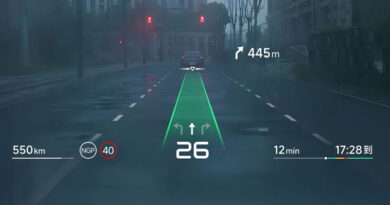AI Taught Robot-Dog To Balance On A Ball
Engineers used the large language model (LLM) simulation platform DrEureka to teach a four-legged robot how to balance and walk on a yoga ball. By simulating learning in an artificial environment, the AI algorithm quickly helps robots gain the necessary skills to move in real space, the developers say.
The DrEureka (Domain Randomization Eureka) platform has proven its functionality using the example of the Unitree Go1 robot, an open-source four-legged machine. It involves training a robot in a simulated environment using randomization of key variables: friction, mass, damping, center of gravity displacement and other parameters. Based on several user requests, the AI generated code describing a system of rewards and penalties for training the robot in a virtual environment. At the end of each simulation, the AI analyzes how well the virtual robot coped with the next task, and how its performance can be improved. It is important that the neural network is capable of quickly generating scenarios in large volumes and launching their execution simultaneously.
Researchers note that DrEureka outperformed humans when “training” a robot dog.
For example, a device trained by AI moved 34% faster in real mixed terrain. The developers believe it’s all about teaching style. People break tasks down into steps and try to explain them in isolation, whereas GPT has the ability to effectively teach everything at once.




